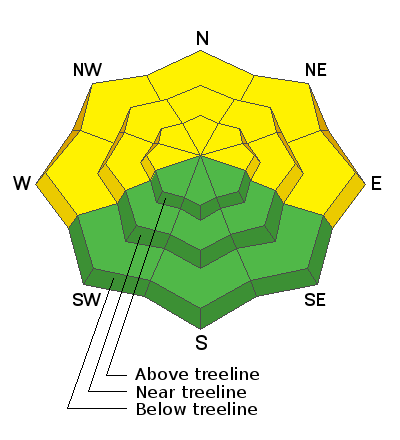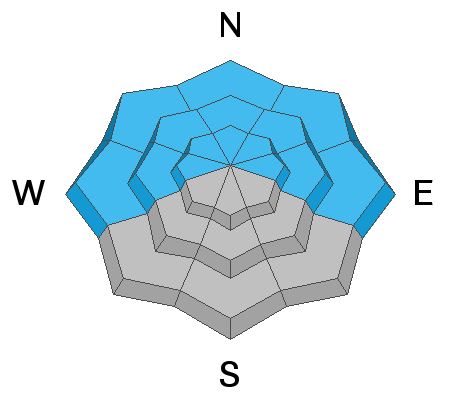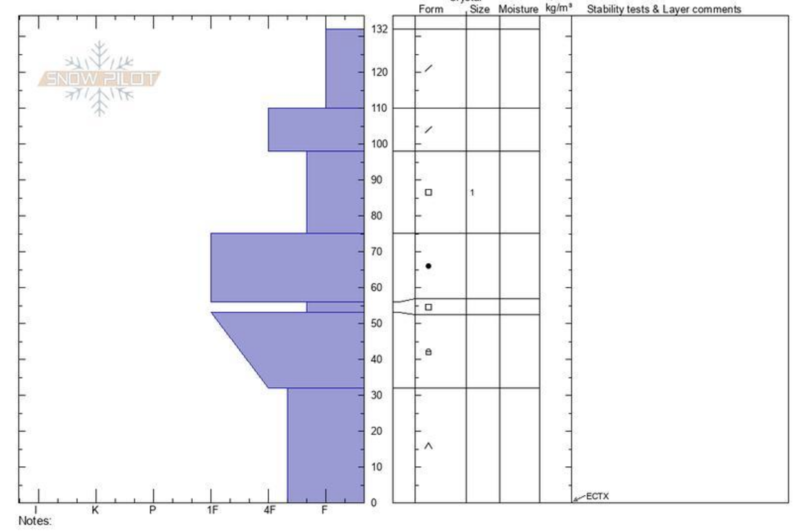Forecast for the Moab Area Mountains

Issued by Eric Trenbeath on
Friday morning, March 4, 2022
Friday morning, March 4, 2022
The avalanche danger is MODERATE and human triggered avalanches 1'-2' deep, failing on a buried persistent weak layer of sugary, faceted snow are possible. You are most likely to encounter this problem on steep slopes facing the north half of the compass, with the highest likelihood existing right around treeline. With snow in the forecast through the weekend, expect increasing danger and a higher likelihood for triggering avalanches on this buried weak layer as new and wind drifted snow accumulate.

Low
Moderate
Considerable
High
Extreme
Learn how to read the forecast here









